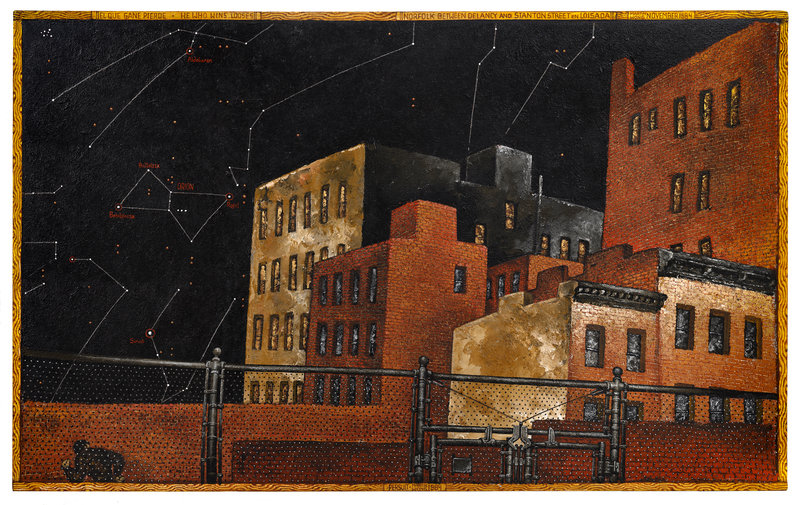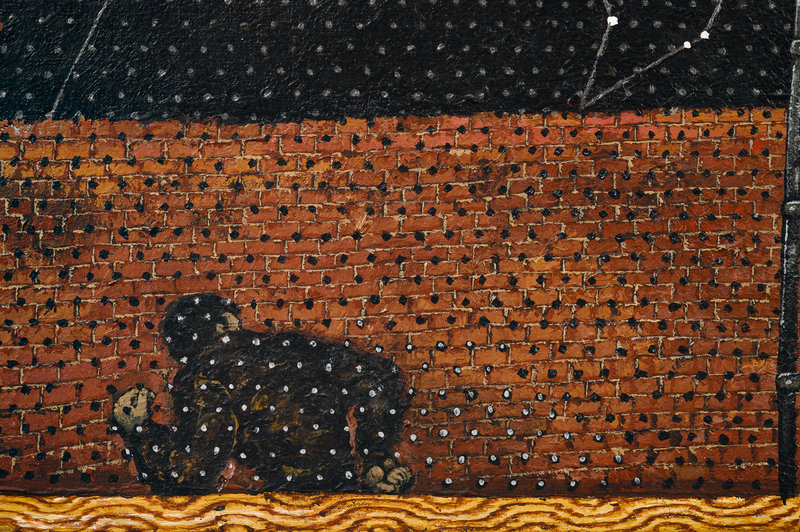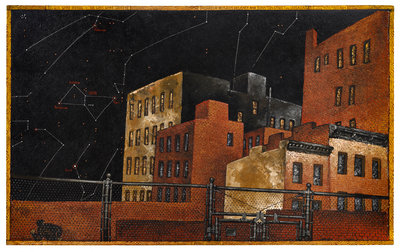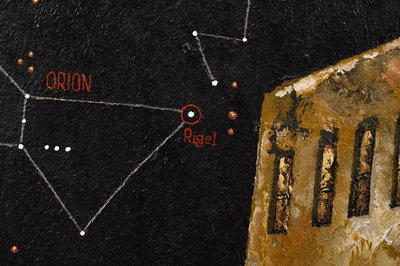Condition Report
Contact Information
Auction Specialists
Lot 18
Martin Wong
(American, 1946-1999)
Persuit (El Que Gane Pierde - He Who Wins Looses)
, 1984
Sale 907 - Post War and Contemporary Art
Sep 28, 2021
10:00AM CT
Live / Chicago
Own a similar item?
Estimate
$500,000 -
700,000
Price Realized
$1,100,000
Sold prices are inclusive of Buyer’s Premium
Lot Description
Martin Wong
signed Martin Wong, titled and dated (lower center); signed and dated (upper right); titled (upper left)
48 x 72 inches.
Property from the Rumsey Hall School, Washington Depot, Connecticut
(American, 1946-1999)
Persuit (El Que Gane Pierde - He Who Wins Looses)
, 1984acrylic on canvas
signed Martin Wong, titled and dated (lower center); signed and dated (upper right); titled (upper left)
48 x 72 inches.
Property from the Rumsey Hall School, Washington Depot, Connecticut















